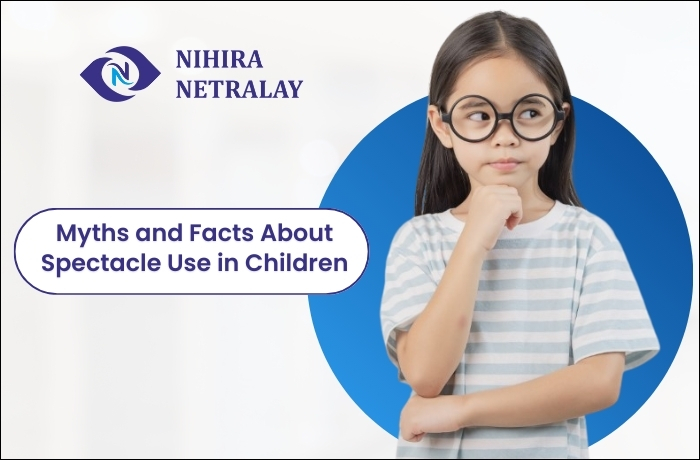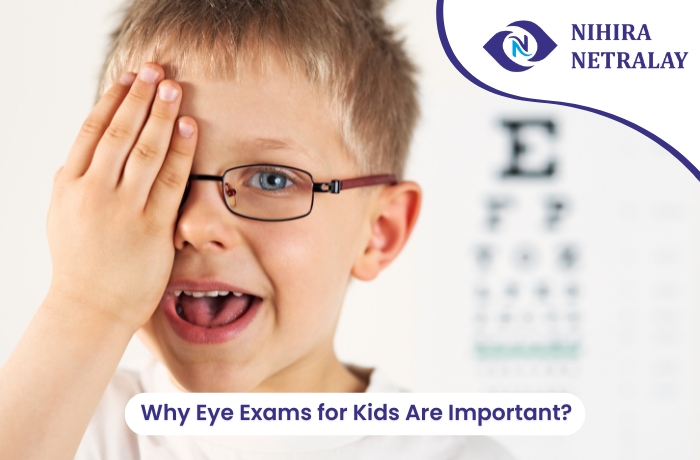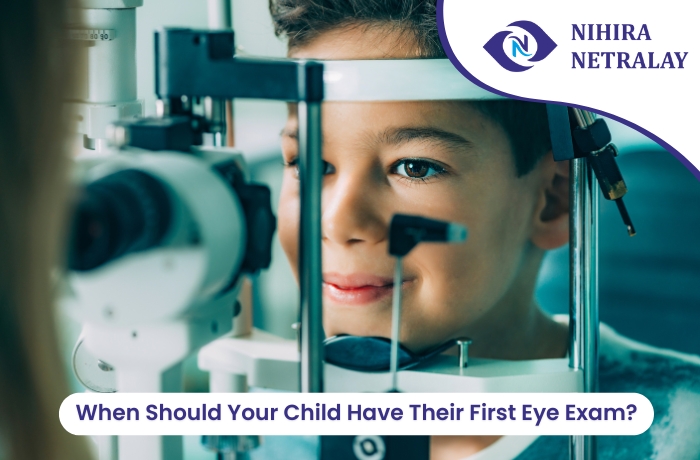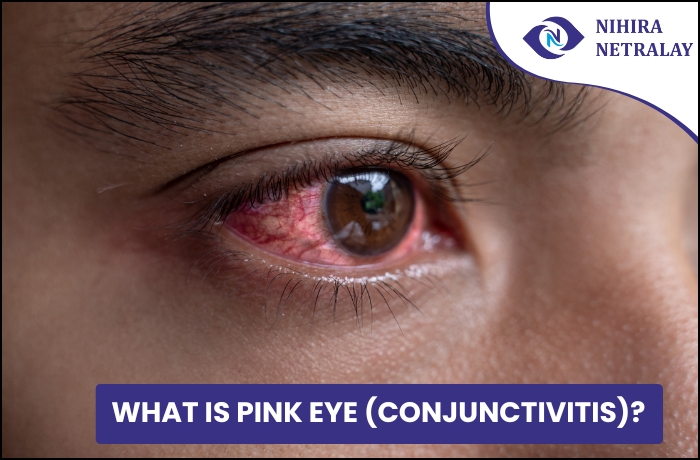As a paediatric ophthalmologist, one of the most common concerns I hear from parents is related to children wearing spectacles. There are many myths and misconceptions that cause unnecessary worry and may even delay proper vision care. Let’s bust some of the most common myths and highlight the facts so your child can grow up with healthy eyes and clear vision.
Myth 1: Wearing glasses will make my child’s eyes weaker.
Fact: Spectacles don’t make the eyes weaker—they help them see better.
Vision problems like myopia (nearsightedness) or hyperopia (farsightedness) are due to the shape of the eye, not because the muscles are weak. Glasses correct the focus, but they don’t change the underlying anatomy. Not wearing glasses when needed can actually cause strain, headaches, and even amblyopia (lazy eye) in younger children.
Myth 2: Children should not wear glasses until they are older.
Fact: Children should wear glasses as soon as a problem is detected.
The early years are critical for visual development. Delaying treatment may lead to permanent vision loss or reduced development of visual skills. If your child needs glasses at age 2 or even 6 months, it’s perfectly appropriate—and necessary.
Myth 3: Glasses can stop the number from increasing.
Fact: Glasses do not prevent progression of refractive errors like myopia.
However, they ensure clear vision and healthy eye development. Some treatments—like low-dose atropine drops, multifocal glasses, or orthokeratology lenses—may slow myopia progression, but standard glasses are for clarity, not control.
Myth 4: My child only needs glasses when reading or using screens.
Fact: This depends on the child’s refractive error.
Some conditions (like low hyperopia or astigmatism) may only affect near tasks, but most children with moderate to high refractive errors need to wear glasses full-time for best results. The eye doctor will guide you on the correct usage.
Myth 5: There’s no point in wearing glasses; the power will keep increasing anyway.
Fact: While myopia can progress with age, that’s not a reason to skip glasses.
Wearing the correct prescription helps maintain functional vision. In some cases, not wearing glasses can worsen the condition by promoting strain or visual imbalance.
Myth 6: Only children with very poor vision need to wear glasses.
Fact: Even mild vision problems can affect learning, reading, and coordination.
Children often don’t complain because they don’t know what clear vision looks like. Regular eye exams can catch subtle issues early.
Key Takeaways for Parents
- Early eye exams are essential—ideally by age 3, or earlier if concerns arise.
- Encourage your child to wear their glasses consistently.
- Spectacles do not “spoil” the eyes—they support proper development.
- Monitor for signs like squinting, sitting too close to the TV, or frequent headaches.
Remember: Vision is closely tied to a child’s academic performance, motor skills, and confidence. Let’s work together to ensure your child sees their world clearly. Have concerns about your child’s eyes? Book a comprehensive paediatric eye exam with Dr. Ankita Patil – Pediatric eye specialist in Navi Mumbai.





